A swiss cheese model for reducing biases in user research by
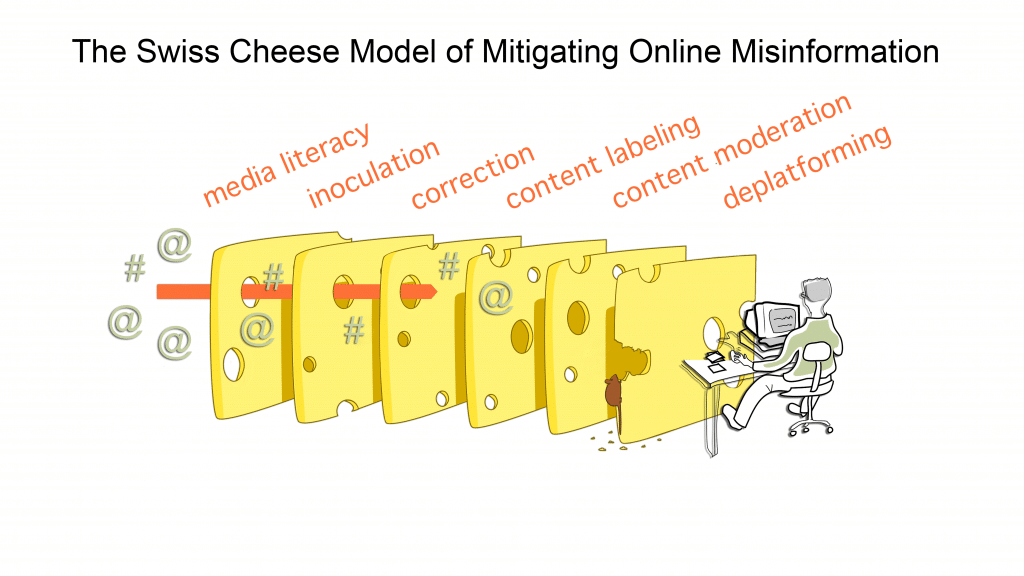
The layered, Swiss cheese model for mitigating online misinformation
Reason developed the "Swiss cheese model" to illustrate how analyses of major accidents and catastrophic systems failures tend to reveal multiple, smaller failures leading up to the actual hazard. In the model, each slice of cheese represents a safety barrier or precaution relevant to a particular hazard.
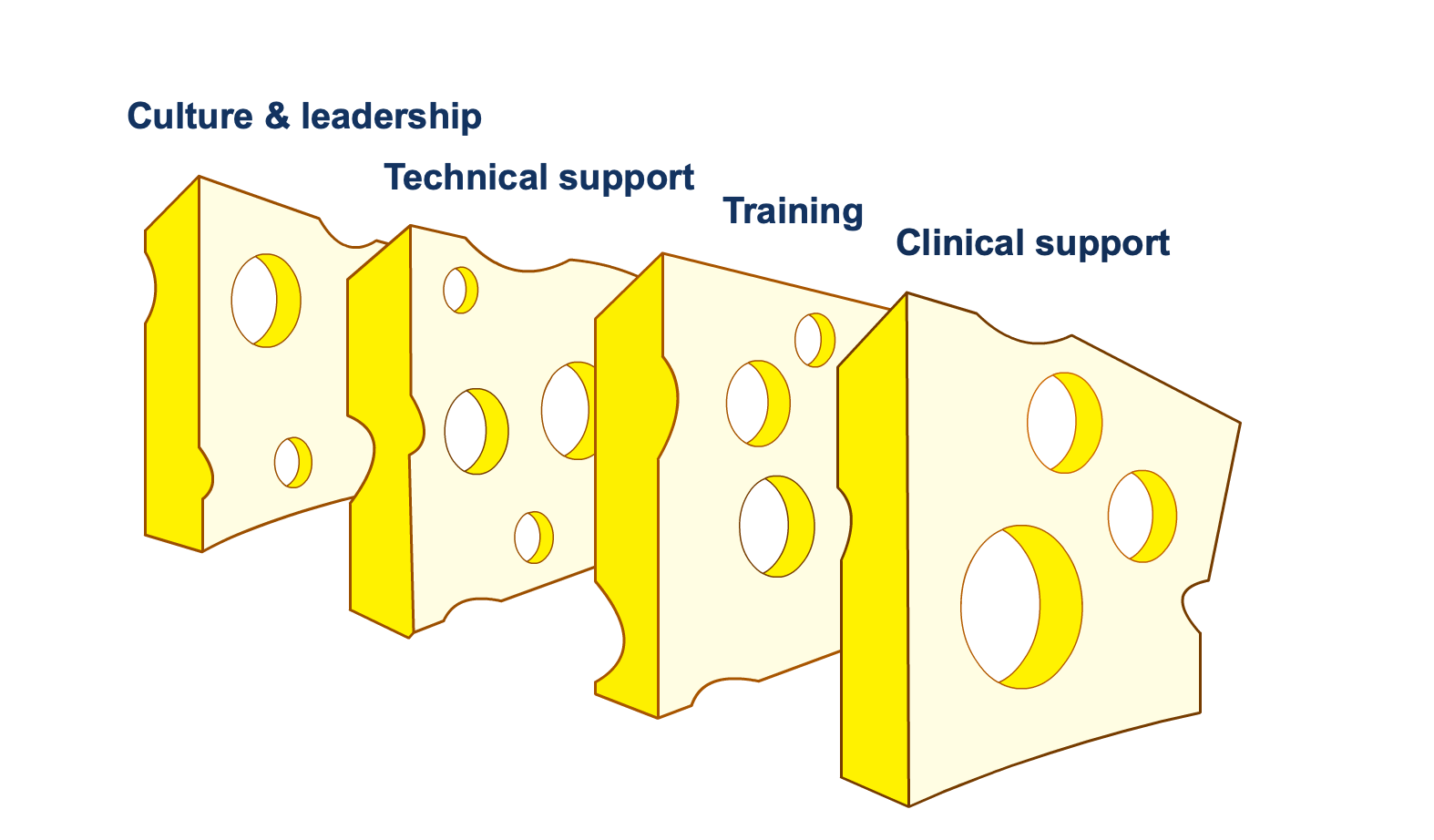
Swiss Cheese Model RCEMLearning India
Understanding the "Swiss cheese model" and its application to patient safety. Wiegmann DA, J. Wood L, N. Cohen T, et al. J Patient Saf. 2022; 18(2):119-123. View more articles from the same authors. This article reviews the theory behind the Swiss Cheese Model and how organizational influences, supervisory factors, preconditions for unsafe acts.
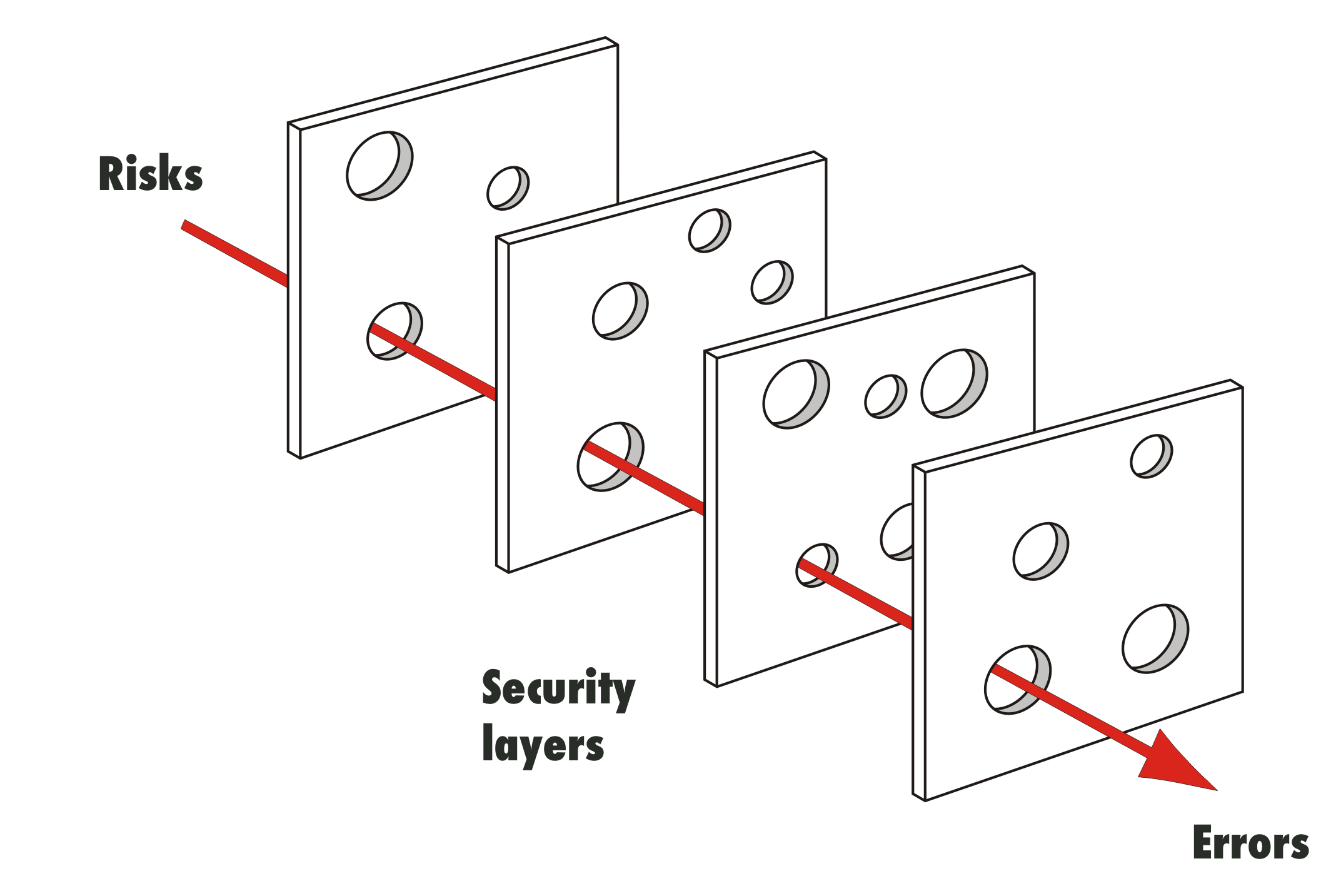
Swiss Cheese Model Ppt
The Swiss Cheese Model is commonly used to guide root cause analyses (RCAs) and safety efforts across a variety of industries, including healthcare. [ 4 - 12] Various safety and RCA frameworks that define the holes in the cheese and their relationships have also been developed, such as the Human Factors Analysis and Classification System.
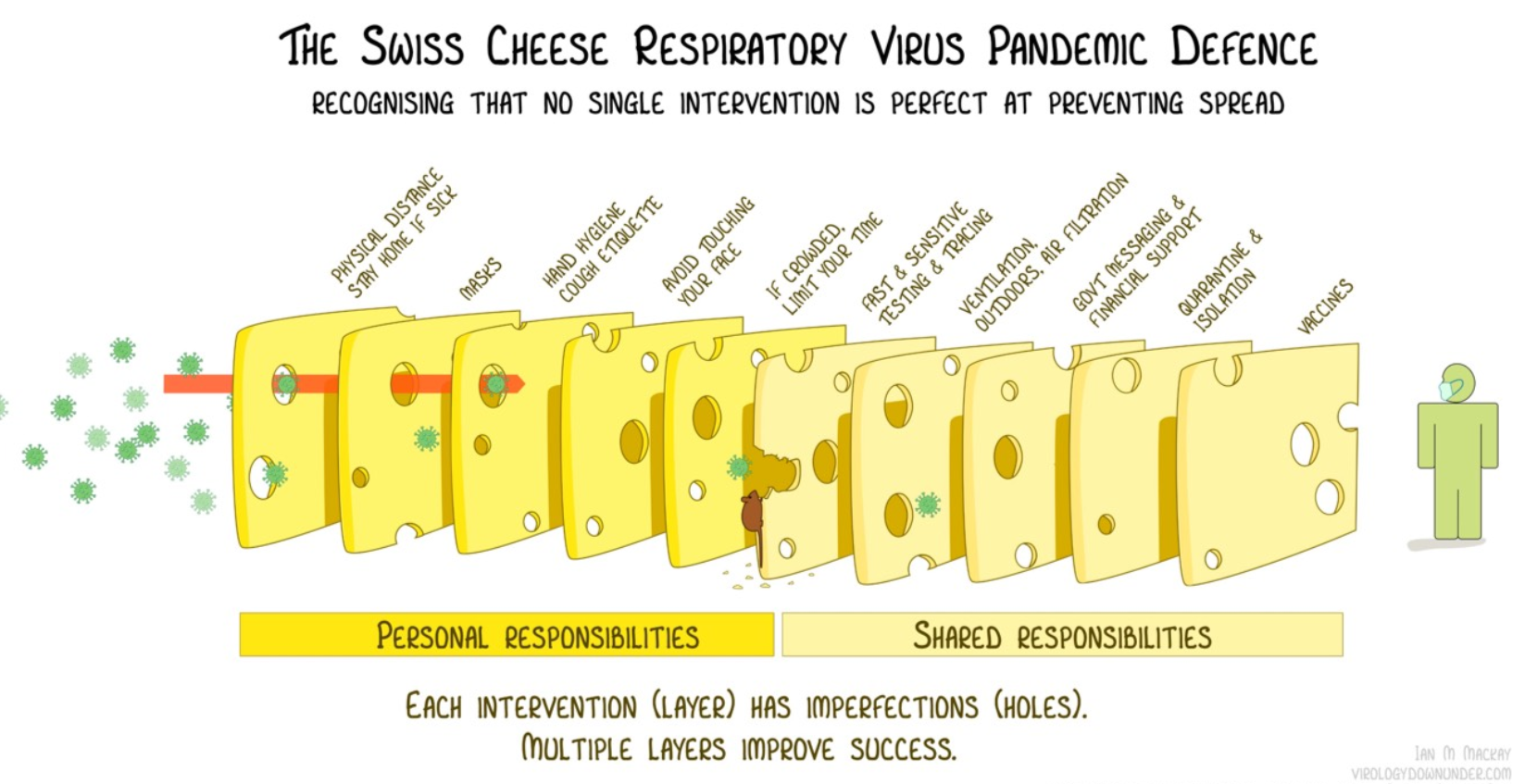
‘The Swiss Cheese Model For Combating Covid19 The Virus Project
This article reviews several key aspects of the Theory of Active and Latent Failures, typically referred to as the Swiss cheese model of human error and accident causation. Although the Swiss cheese model has become well known in most safety circles, there are several aspects of its underlying theory that are often misunderstood.
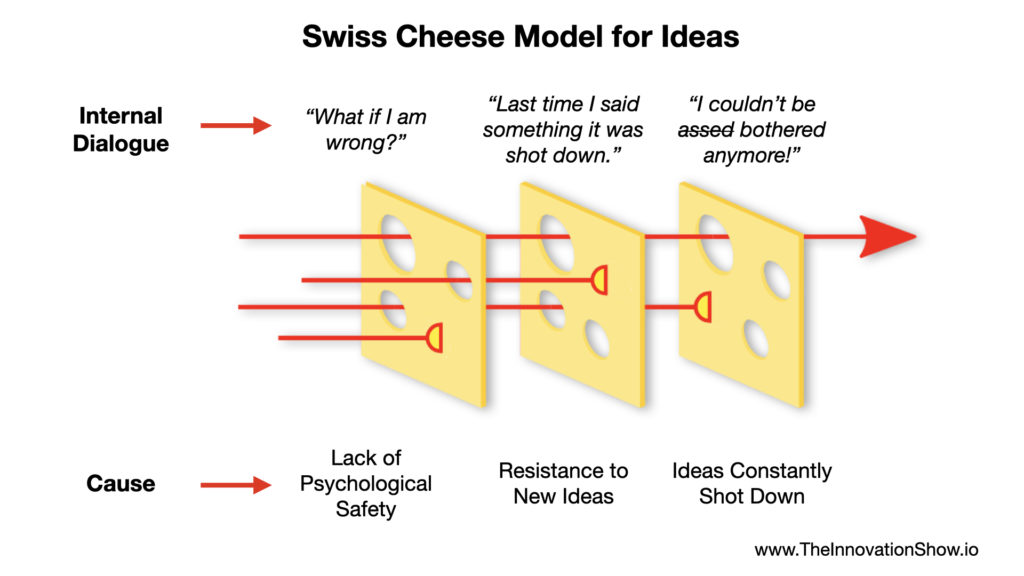
When Good People Go Quiet A Swiss Cheese Model of Idea
The interpretations of specific features of the Swiss cheese model varied considerably among quality and safety professionals. Reaching consensus about concepts of patient safety requires further work. Go to: Background James Reason proposed the image of "Swiss cheese" to explain the occurrence of system failures, such as medical mishaps [ 1 - 5 ].
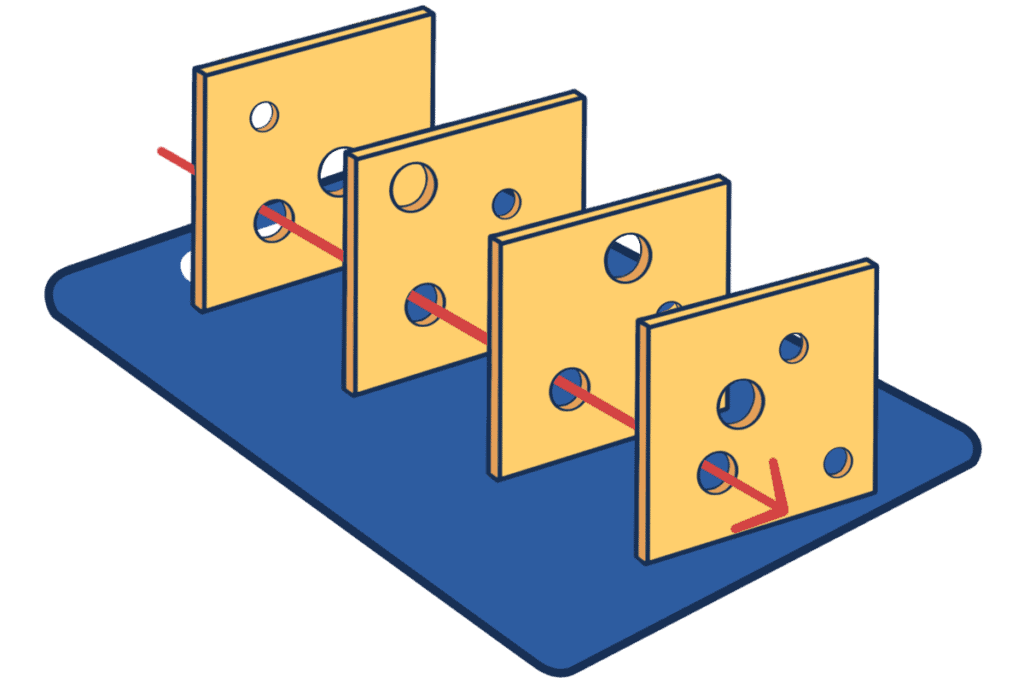
Applying the Swiss Cheese Model to advice Patrick Flynn
The Swiss Cheese Model (SCM) is a product of specific historical circumstances, and a collaboration process. • The graphical choices while drawing the SCM may be understood as key success factors. • The SCM's critics must be understood from two angles: scientific and commercial. •

THINK SAFETY, TALK SAFETY New series provides guidance on Common Cause
James Reasons Swiss Cheese Model is a simple metaphor to visualise how patient harm happens, based on a systems approach. This metaphor shows us that in a co.

Wildland Fire Leadership SwissCheese Model (SCM) and Margin
The swiss cheese accident causation model is a theoretical model used in risk analysis, risk management, and risk prevention. As the video above points out, "any components of an organization is considered a slice [of cheese] in this model. Management is a slice. Allocation of resources is a slice. An effective safety program is a slice.
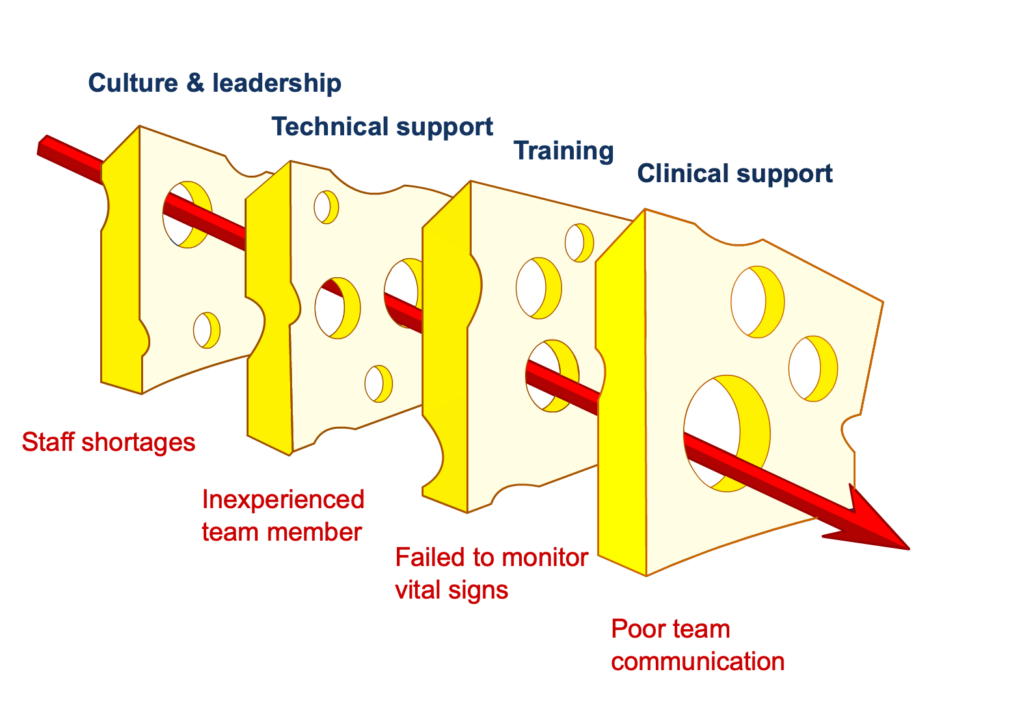
Swiss Cheese Model RCEMLearning India
Lately, in the ongoing conversation about how to defeat the coronavirus, experts have made reference to the "Swiss cheese model" of pandemic defense. The metaphor is easy enough to grasp.

Why Swiss cheese model may be the key to keeping you safe from COVID19
The Swiss cheese model is a theoretical assumption that is used in risk management, risk analysis, and risk prevention before any accident. Any component of an organization is considered as a cheese slice of this model. Management, resource allocation, efficient safety program, operational support all are considered as a part of the cheese slice.

The Swiss Cheese Model of Pandemic Defense Outdoors Queensland
The Swiss cheese model depicts layers of protection as slices of cheese and vulnerabilities to failure as holes (9). The Swiss cheese model. Investigations have revealed that most industrial incidents include multiple independent failures.

swisscheese Consult QD
Steven Jerie & Takunda Shabani 346 Accesses Explore all metrics Abstract The SCM, developed by James Reason in the 1990s, is a widely recognized and influential model used to understand and manage complex systems and their associated risks.

How we use the Swiss cheese model to prevent malware infections
PMC8514562 10.1097/PTS.0000000000000810 This article reviews several key aspects of the Theory of Active and Latent Failures, typically referred to as the Swiss cheese model of human error and accident causation.
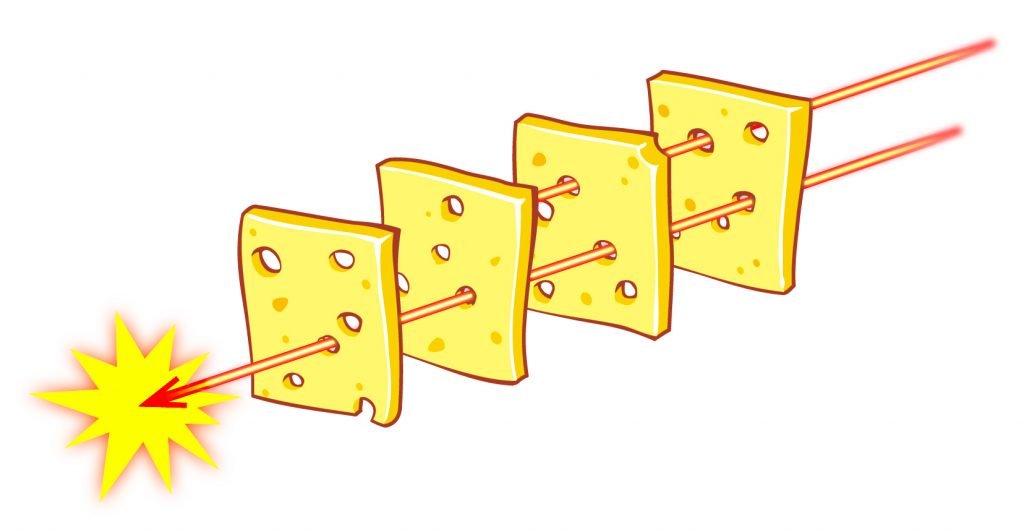
Swiss Cheese Model KAMA GROUP
The Swiss Cheese Model is commonly used to guide root cause analyses (RCAs) and safety efforts across a variety of industries, including healthcare. [ 4 - 12] Various safety and RCA frameworks that define the holes in the cheese and their relationships have also been developed, such as the Human Factors Analysis and Classification System (HFACS;.
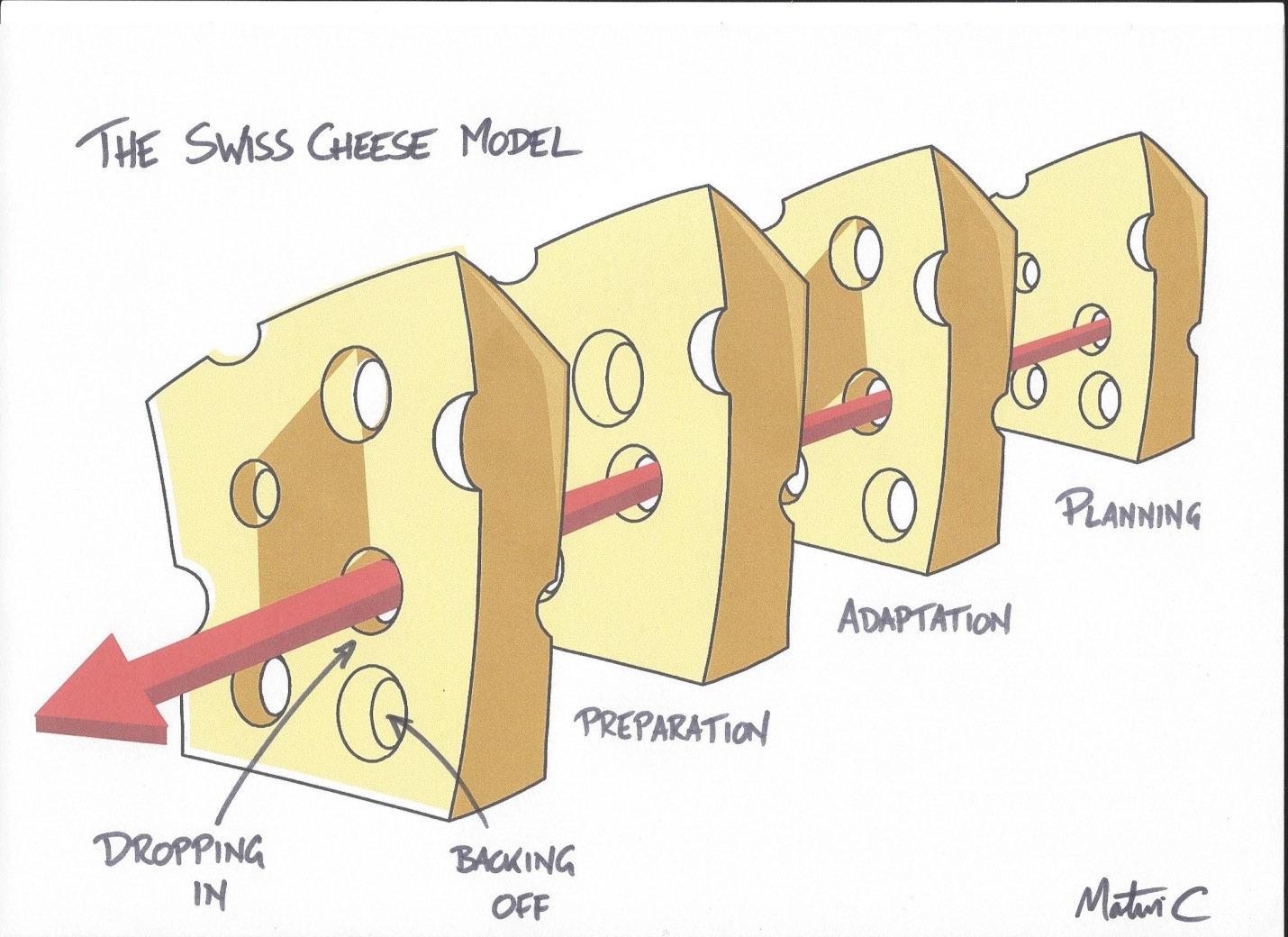
The Swiss Cheese Model Decision making in the backcountry FallLine
The Swiss Cheese Model demonstrates how, generally, a failure cannot be traced back to a single root cause; accidents are often the result of a combination of factors. 3 It suggests that most accidents are the result of latent errors, which are failures that are intrinsic to a procedure, machine, or system.
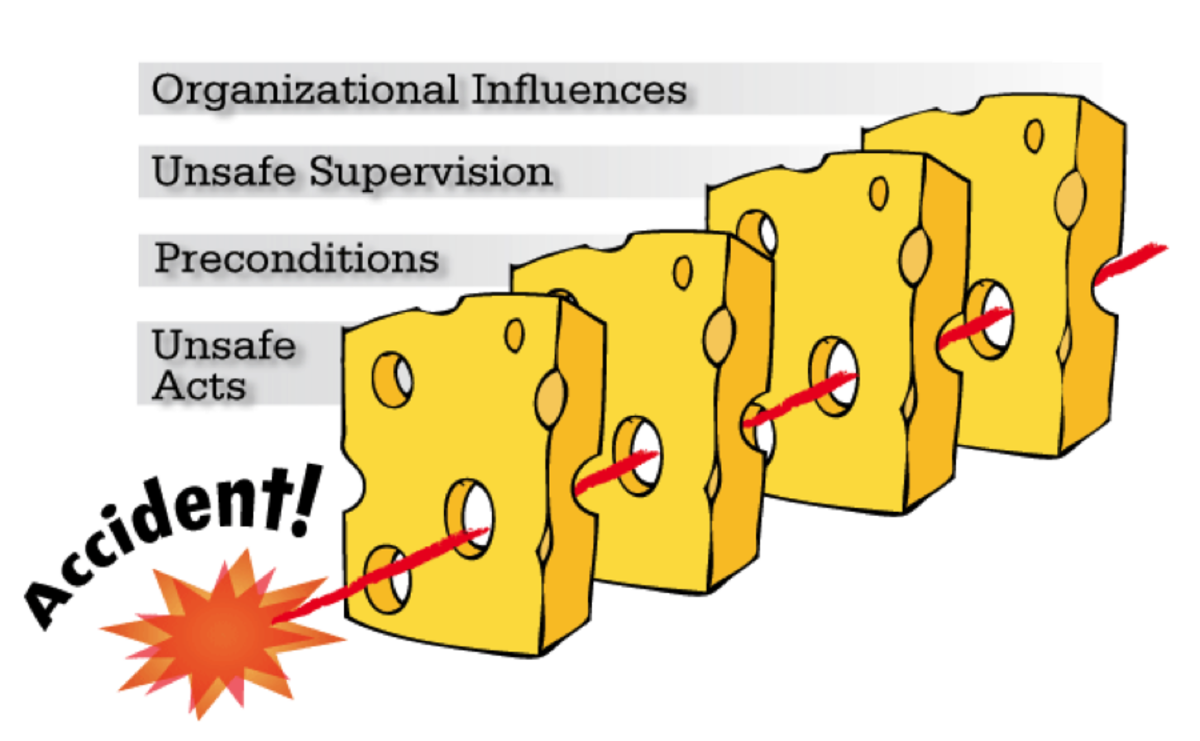
How To Determine Why Pilot Error Happened HubPages
The swiss cheese accident causation model is a theoretical model used in risk analysis, risk management, and risk prevention. As the video above points out, "any components of an organization is considered a slice [of cheese] in this model. Management is a slice. Allocation of resources is a slice. An effective safety program is a slice.